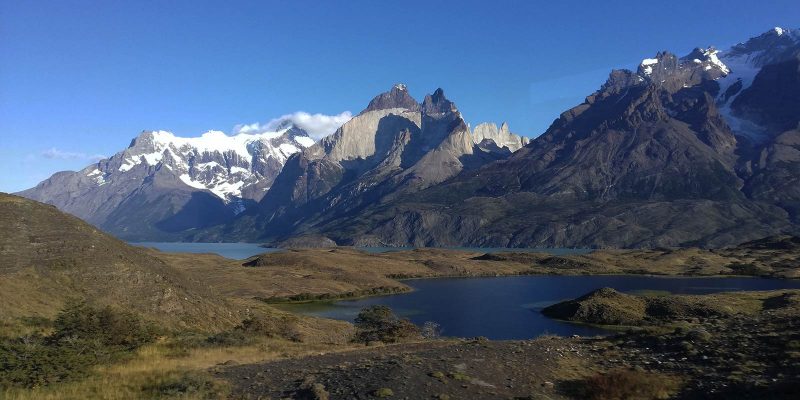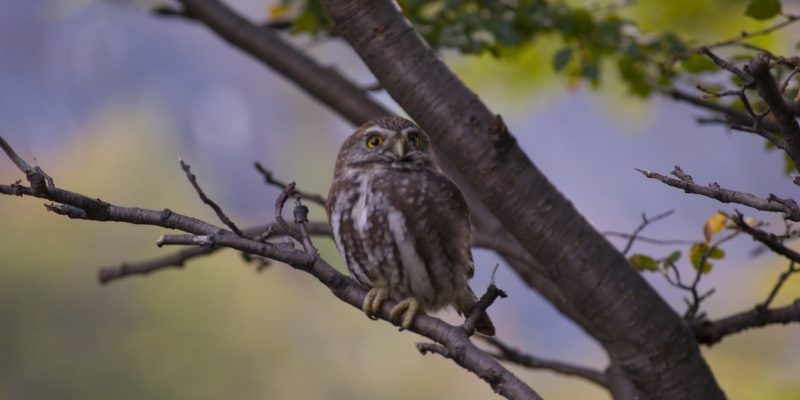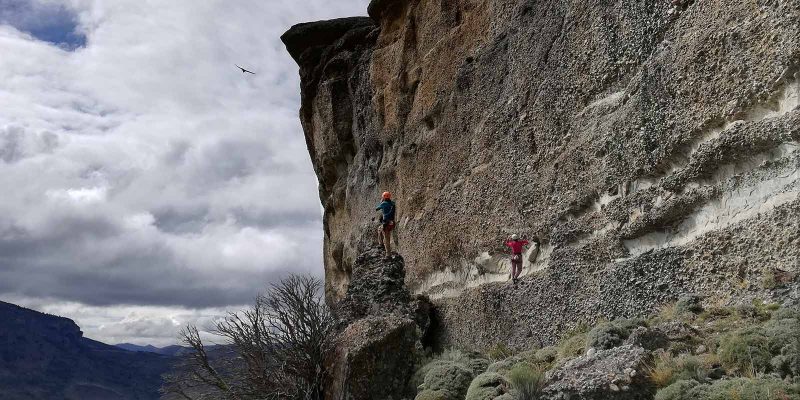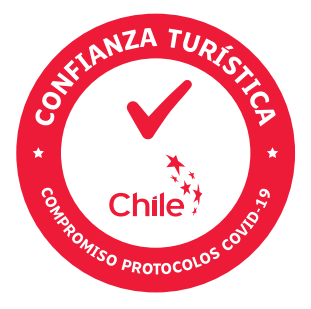Perhaps you are wondering about the following topics:
What is Patagonia?
Patagonia is the southernmost region of South America, shared between Chile and Argentina. In Chile it’s located from the IX region of Araucania, to the XII region of Magallanes y Antartica Chilena. In Argentina from Neuquen to Tierra del Fuego.
Why does Patagonia have that name?
According to the legend, when Ferdinand Magellan and his crew were sailing around the world in 1521, came across the native people of this part of South America and noticed their physical traits. Compared to the Europeans of that expedition, the natives were taller, stronger and had bigger feet (In spanish feet = pies or “patas” as a derogatory term). So the area became known as the Pata-gonia, or the land of the people with big feet.
What is special about Patagonia?
Patagonia is a very remote region, very far from big urban areas, and it’s regarded as one of the last wild and pristine frontiers in the world, specially the southernmost part, where the Northern and Southern Patagonian Ice Fields are located. The latter is the third larges mass of ice in the world, after the Antartica and Greenland. This ice sheets are the remnants of the last glaciation and are very large fresh water reserves. Besides, they hide places that have not been explored yet. This characteristics, the strong winds, and the rapidly changing weather conditions give Patagonia an indomitable touch.
When is the best time to travel to Patagonia?
The best time of the year to come here is from the end of September or beginning of October to the end of April or beginning of May. In other words, from spring (when the days are getting longer and the temperature rises) to fall ( when the days are not to short and the temperatures not so cold). Keep in mind that one of the main characteristics of Patagonia is the rapidly changing weather conditions. Therefore, we should always be prepared with the right gear to withstand possibly harsh conditions.
What is the best way to travel to Patagonia?
It’s possible to arrive in Argentina or Chile. All international flights will land in the capital cities of both countries. Meaning, Buenos Aires in Argentina and santiago in Chile.
From either capital city, take a domestic flight to different destinations of Patagonia. For example, in Chile, from Santiago to Punta Arenas or Puerto Natales to visit Torres del Paine National Park. In Argentina, from Buenos Aires to El Calafate to visit the Perito Moreno Glacier and El Chalten.
An ideal itinerary consists of arriving into Chile and departing from Argentina or vice versa. That way travelers will enjoy some of the Patagonian highlights of both countries.
What gear should I bring with me to Patagonia?
Patagonia is known for it’s rapidly changing weather conditions. Therefore, it is paramount to be prepared with layers to protect you against the elements.
- Base layers of synthetic material or merino whool to wick off moisture away from the body and that dry fast.
- A vest of PrimaLoft material is ideal over the base layer and beneath the mid layer.
- Mid layer of breathable and fast drying material to put over the vest to trap the heat.
- Rain jacket and rain pants that also protect against the wind.
- Good merino wool blend socks are essential to keep your feet dry and warm.
- Waterproof trekking boots with Gore-tex membrane, ankle protection, and Vibram rubber for good traction. Ideally well broken in, but not very old that could fall apart on the trail.
- Sun protection such as hat for shade and cold, sunglasses and sunscreen.
- Gloves.
- Trekking poles.
We recommend that you bring these items with you as your carry on luggage, except for the trekking poles as they are not allowed. This is done as a precaution in case the airline misplaces your checked luggage. That way you will have the essential gear to enjoy Patagonia safely.
What are the temperatures in Patagonia?
| Season | Celsius | Farenheit |
|---|---|---|
| Spring (Sept – Dec) | 2º – 18º | 36º – 64º |
| Summer (Dec – Mar) | 5º – 22º | 41º – 72º |
| Fall (Mar – Jun) | 0º – 10º | 32º – 50º |
| Winter (Jun – Sept) | -2º – 6º | 28º – 43º |
If you have any more questions while planning your trip to Patagonia, please do not hesitate to contact us and we will help you the best way we can.





